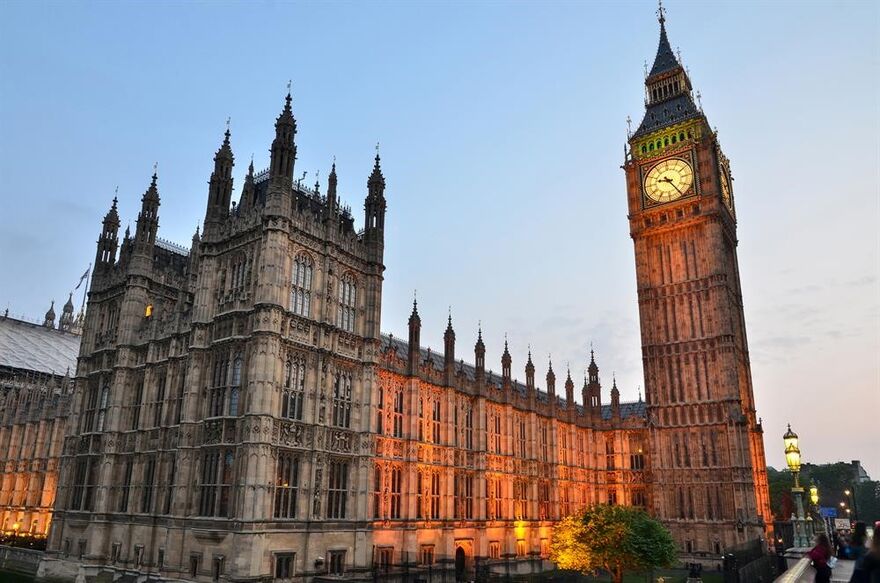
Extended Furlough Guidance Published
Updated guidance on the Coronavirus Job Retention Scheme (“CJRS”) was published on 10 November 2020. As previously confirmed, the CJRS will remain open until 31 March 2021.
Until January 2021, employees will receive 80% of their usual salary for hours not worked, up to a maximum of £2,500 per month. In January 2021, the government contributions for the CJRS will be reviewed. The key highlights from the guidance include:
- Employers can claim for employees on any type of employment contract, including full-time, part-time, agency, flexible or zero-hour contracts;
- Claims for periods ending on or before 31 October 2020 must be submitted by 30 November 2020 at the latest;
- There is no maximum number of employees you can claim for from 1 November 2020;
- There is no minimum furlough period and flexible furlough agreements can be made more than once. A claim period still covers a minimum of seven days;
- Claims for CJRS payments need to be made by the 14th day of the following month to which they relate (i.e. a claim relating to November must be made by 14 December 2020). Where that would fall on a weekend, the deadline is the next working day (i.e. claims relating to January 2021 must be submitted by 15 February 2021, being the next working day after 14 February which is a Sunday);
- Employers can claim for new employees as long as a PAYE Real Time Information (RTI) submission for them has been made to HMRC between 20 March 2020 and 30 October 2020;
- Employers can re-employ ex-employees (who stopped working or were made redundant) and place them on furlough. The employee must have been employed and on the employer’s PAYE payroll before 23 September 2020. In practice, this means a PAYE RTI submission must have been made for the employee between 20 March and 23 September 2020;
- Employees on fixed-term contracts that have expired since 23 September 2020 can also be re-employed and claimed for;
- Any retrospective agreement that has effect from 1 November 2020 will be valid, as long as it is made in accordance with CJRS conditions, and those agreements must have been put in place by the end of 13 November 2020 (this Friday), to be relied on for a CJRS claim;
- Employers can furlough employees who are clinically extremely vulnerable, at the highest risk of severe illness from coronavirus or are off on long-term sick leave;
- Any redundancies must be made in accordance with normal redundancy rules. Any statutory redundancy and statutory notice pay for a furloughed employee must be on their normal wage rather than their reduced furlough wage;
- The government is reviewing whether employers should be eligible to claim for employees serving contractual or statutory notice and will change the approach for claim periods on or after 1 December 2020. Further guidance is due in late November 2020;
- For claim periods after 1 November 2020 – a new employer is eligible to claim in respect of employees transferred to it from a previous business, if TUPE or PAYE business succession rules apply to the change of ownership. The employees being claimed for must have been employed by their previous employer on or before 30 October 2020 and transferred to the new employer on or before 1 September 2020 (n.b. there is significant doubt as to whether this part of the guidance is correct and a recent HMRC tweet has sought to clarify that the guidance should read “on or after 1 September 2020”. We await formal clarification);
- If an employee is on maternity leave and decides to end maternity leave early to enable them to be furloughed (with employer agreement), they must give at least 8 weeks’ notice and cannot be furloughed until after that 8 week period;
- Employers are still required to keep written records of agreements with employees for 5 years. Although the guidance does state that copies of all records must be kept for 6 years, including details of hours worked and hours furloughed;
- Furloughed employees continue to accrue leave and can take holiday whilst on furlough. Employees should not be placed on furlough for a period simply because they are on holiday for that period. As with previous versions, employers will be obliged to pay employees who are on holiday additional amounts over the grant (i.e. they top up their pay when on holiday);
- From December 2020, HMRC will publish names of companies and LLPs who have made claims under the scheme for the month of December 2020 and the subsequent months.
Simon De Maid comments:
"The government's guidance on the extended furlough clarifies some issues although possibly creates some for employers. Employees who were made redundant prior to 1 November 2020 and are subsequently re-hired by their old employer (in order for them to be furloughed), raises issues surrounding continuity of employment, redundancy and notice payments.
Additionally, the government's upcoming review of contractual and statutory notice payments under the scheme after 1 December 2020, may mean that businesses will not be able to claim notice pay (contractual or statutory notice) during furlough, which affects the cost of any redundancies and associated costs at the end of furlough. We also eagerly await clarification on the TUPE point discussed. To discuss the scheme in more detail contact a member of the team here."
The information on this site about legal matters is provided as a general guide only. Although we try to ensure that all of the information on this site is accurate and up to date, this cannot be guaranteed. The information on this site should not be relied upon or construed as constituting legal advice and Howes Percival LLP disclaims liability in relation to its use. You should seek appropriate legal advice before taking or refraining from taking any action.
